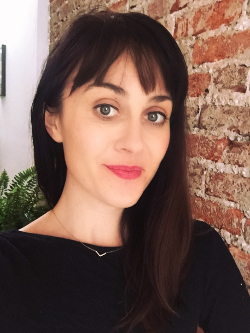
Ph.D. Candidate, Department of History and Science Studies, University of California, San Diego
Designing Certainty: The Rise of Algorithmic Planning in An Age of Anxiety, 1920-1961
Designing Certainty theorizes the rise of algorithmic planning within shifting visions of twentieth century modernity. I uncover the processes by which the heuristic statistical and economic models that produced 1920s agrarian-industrial planning came to achieve hegemonic influence in state, social, and scientific planning. My site of inquiry is the twentieth century algorithm. Focusing on data production and computational labor from 1920 through 1961, I follow shifting iterations of a statistical inference testing model and an economic planning model, emphasizing their humanistic components and engaging their real world applications and impacts. At each chronological stage, mathematical planners advocated for the models’ abilities to generate certainty under limited knowledge. In this light, the models served as important organizing mechanisms in various political-economic planning projects overwriting incomplete, porous, and complex population data. I trace applications of these models in sugar beet breeding in interwar Eastern Europe, in U.S. bombing campaigns during WWII and the Cold War proxy wars, and in efforts to control the climate at the height of the Space Race era. I argue that the rise of algorithmic planning was a complex cultural response to the anxieties of the twentieth century, one intended to establish control and mathematical authority over the uncertainties of modern life.